Female Reproductive Anatomy
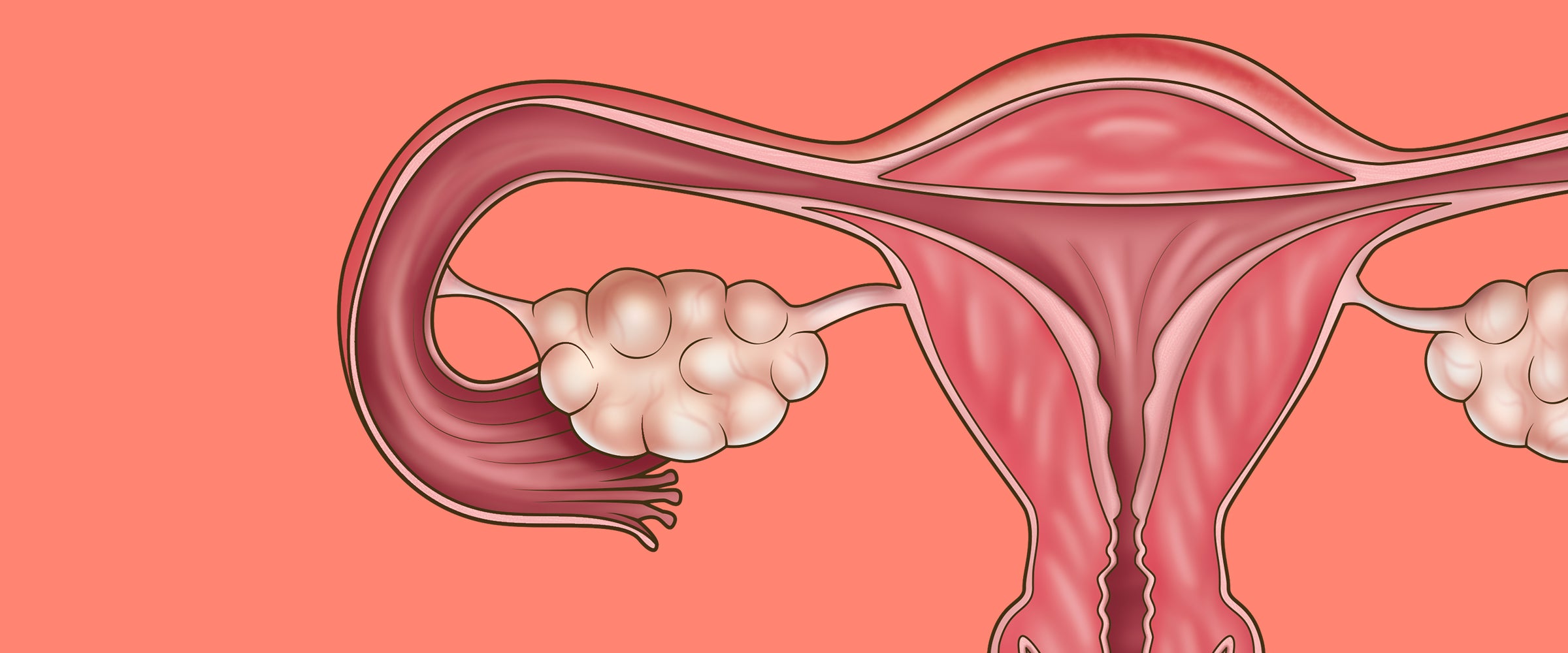
Explore some of women’s most common reproductive health concerns.
Placing high priority on reproductive health, we look at antenatal care, pregnancy, reproductive anatomy, and menopause to support you and broaden your understanding.
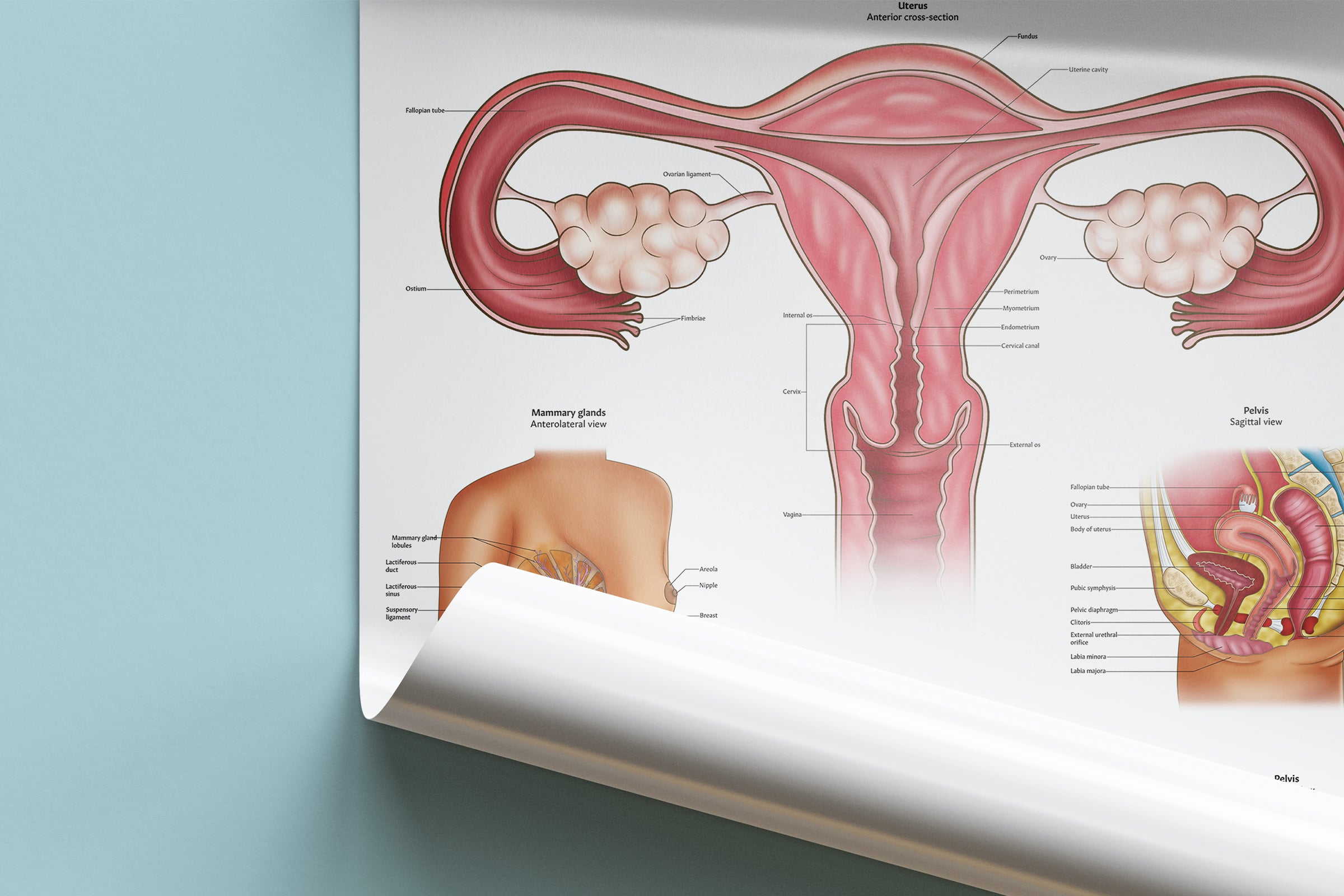
The female reproductive anatomy consists of organs like the ovaries, fallopian tubes, uterus, cervix, and vagina. These organs work together to allow for reproduction and childbirth. Understanding this anatomy can help women make informed choices about their reproductive health.
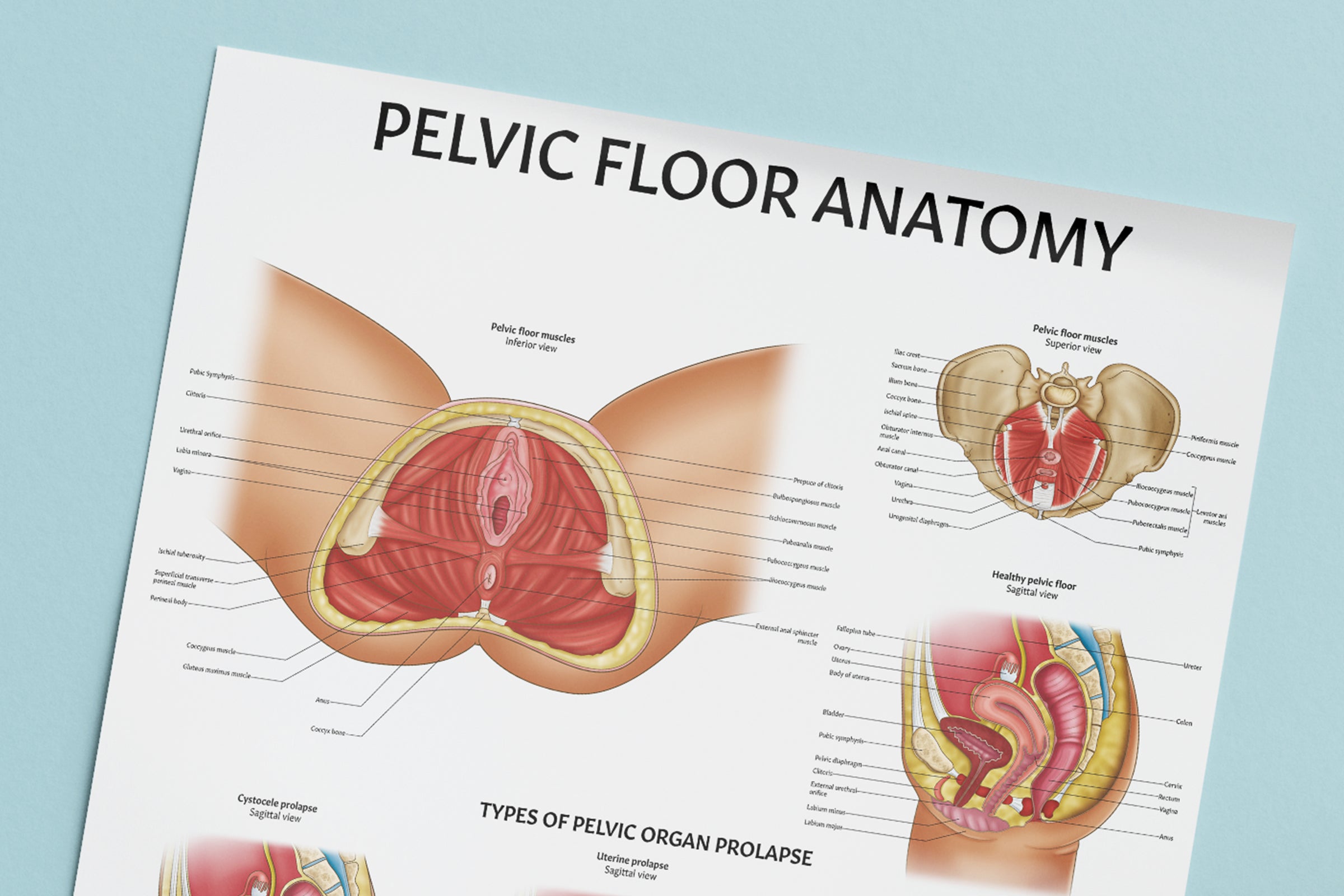
The pelvic floor muscles are a group of muscles that support the pelvic organs, including the bladder, uterus, and rectum. These muscles can weaken due to pregnancy, childbirth, ageing, or certain medical conditions, leading to problems like urinary incontinence or pelvic organ prolapse.
Cervical cancer is a type of cancer that develops in the cells of the cervix, the lower part of the uterus that connects to the vagina. Most cases of cervical cancer are caused by human papillomavirus (HPV) infection, which is transmitted through sexual contact.
Symptoms may include abnormal vaginal bleeding, pain during intercourse, or pelvic pain. Regular cervical screening can detect abnormalities within the cells of the cervix before they turn cancerous.
Treatment options may include surgery, radiation therapy, or chemotherapy, depending on the stage and severity of the cancer. HPV vaccination can also help prevent cervical cancer.
Learn more with our highly detailed The Anatomy of HPV & Cervical Cancer chart, designed by our in-house medical illustrators and reviewed by Mr. Nicholas Dixon, MbchB MRCOG, Specialist Trainee Obstetrics and Gynaecology and Clarice Ciarlantini OBS. & GYNAE Sonographer (Midwife).

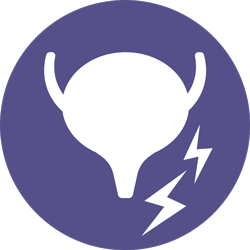
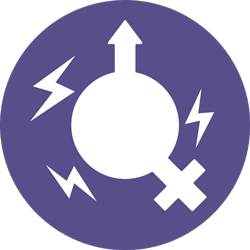
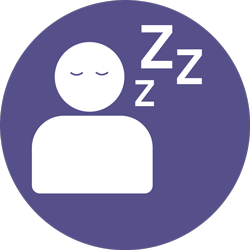
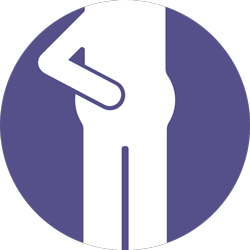

Endometriosis is a condition in which tissue similar to the lining of the uterus, called the endometrium, grows outside the uterus, often on the ovaries, fallopian tubes, or other organs in the pelvic region. The tissue can cause inflammation, scarring, and pain. Common symptoms include severe menstrual cramps, chronic pelvic pain, painful intercourse, and infertility.
Treatment options may include pain medication, hormone therapy, or surgery to remove the abnormal tissue. Endometriosis can significantly impact a person's quality of life and may lead to fertility problems. It is estimated to affect up to 10% of reproductive-aged women.
Discover more about Endometriosis with our new patient education chart, medically reviewed by Mr Nicholas Dixon, MbchB MRCOG, Specialist Trainee Obstetrics and Gynaecology.


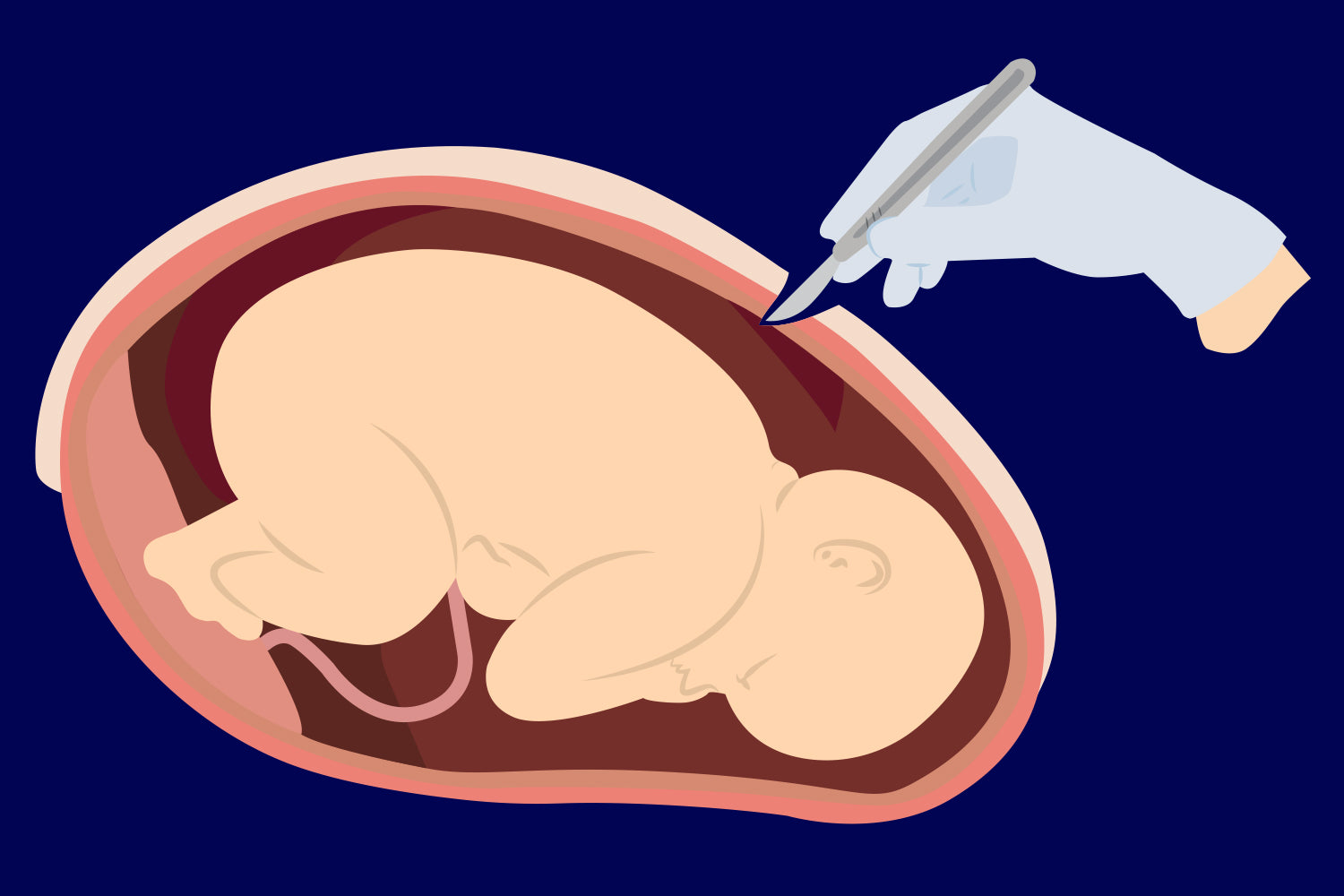
After a C-section, it is important to rest and avoid heavy lifting for several weeks. Pain medication can help manage discomfort. Breastfeeding, walking, and gentle exercises can aid in recovery.

Losing a baby can be a devastating experience. Taking time to grieve, practising self-care, and finding ways to honour your baby such as seeking support are helpful.
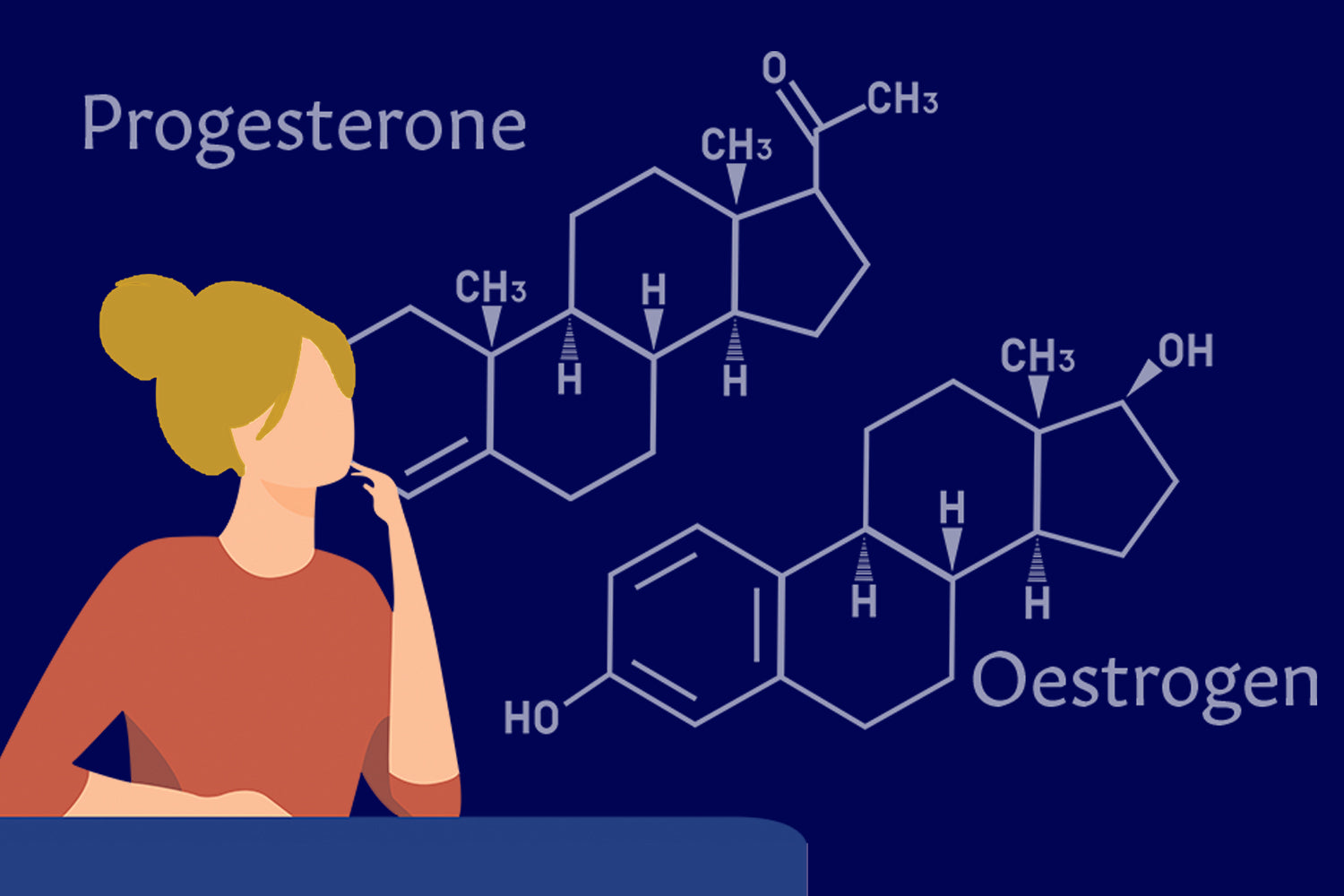
Understanding hormones can help women manage their health. Hormonal changes can impact energy levels and physical symptoms. Learning about hormone imbalances can help with any concerns.

Eating a healthy diet can provide essential nutrients and is important for the health of the mother and baby. Avoiding certain foods can also reduce the risk of complications.
Ease the transition into motherhood with this excellent Antenatal PDF Support Pack. Containing over 12 pages of support, guidance and advice, this digital download is a must-have for expectant mothers.
From birthing plans to breastfeeding information, the pack explores a range of important topics. Pregnant mothers and their families can read and digest the easy-to-understand information in their own time, as well as completing the empty sections to detail personalised plans, reflection of emotions and much more.